When it comes to luxury timepieces, few names command as much respect—and spark as much debate—as Rolex and Omega. Both are Swiss-made, heritage-rich, and globally recognized, yet they cater to subtly different audiences, aesthetics, and values. Whether you’re a first-time luxury buyer or a seasoned collector, understanding the nuances between Rolex vs Omega can help you make a choice that aligns with your lifestyle, budget, and personal taste.
In this deep dive, we’ll explore design philosophy, luxury watchmaking, pricing, investment potential, and brand identity to help you decide: Which iconic Swiss watch brand is right for you?
Rolex vs Omega: Heritage & Legacy
Rolex, founded in 1905 by Hans Wilsdorf, is often credited with popularizing the wristwatch for everyday wear. It introduced the world’s first waterproof wristwatch—the Oyster—in 1926 and the first self-winding perpetual rotor in 1931. Rolex’s innovations didn’t just set industry standards—they redefined them.
Omega, established in 1848, boasts an equally impressive résumé. It was the official timekeeper of the Olympics since 1932 and famously accompanied NASA astronauts to the Moon with the Speedmaster Professional in 1969—earning it the legendary “Moonwatch” nickname. Omega also has deep ties to cinema as James Bond’s watch of choice since GoldenEye (1995).
While both brands share Swiss precision and a century-plus of history, Rolex leans into timeless elegance and status, whereas Omega balances heritage with innovation and adventure.
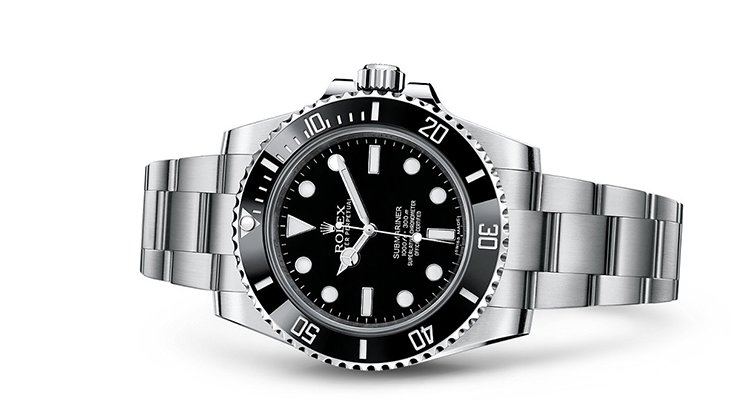
Design & Aesthetics: Classic vs. Versatile
Rolex watches are instantly recognisable. Think bold, robust cases, cyclops lenses over the date, and a design language that’s changed minimally over decades. Models like the Rolex GMT- Master, Datejust, and Daytona are icons—symbols of success and reliability. Rolex’s aesthetic is conservative yet commanding: it’s the watch you wear to signal achievement without saying a word.
Omega, by contrast, offers more stylistic diversity. The Seamaster exudes aquatic sophistication (and 007 flair), the Speedmaster channels vintage space-age cool, and the Constellation delivers refined dress-watch elegance. Omega isn’t afraid to experiment with materials (like Sedna gold or ceramic bezels) or dial textures, appealing to those who value both tradition and modernity.
If you prefer understated, enduring design, Rolex may win your heart. If you crave versatility and character, Omega could be your match.
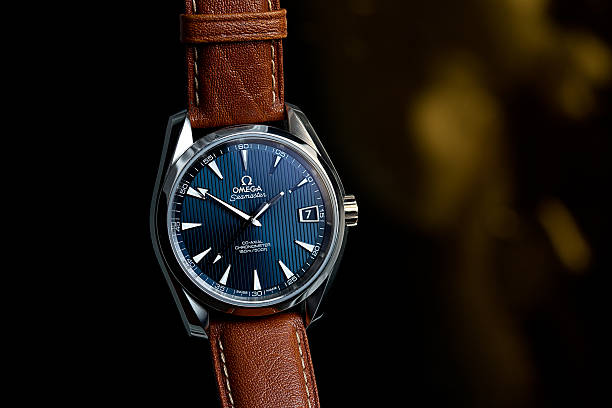
Precision & Technology: COSC vs. METAS
Both brands exceed standard Swiss chronometer certification (COSC), but Omega takes it a step further. Since 2015, many Omega models carry the METAS Master Chronometer certification—a stricter test that evaluates resistance to magnetic fields up to 15,000 gauss, precision in various positions, and water resistance.
Rolex, meanwhile, conducts its own in-house testing after COSC certification, ensuring each watch meets its “Superlative Chronometer” standard (±2 seconds/day accuracy). While both are exceptionally accurate, Omega’s anti-magnetic tech gives it a technical edge in today’s electronics-saturated world.
That said, Rolex’s movements—like the Caliber 3235—are marvels of engineering, offering 70-hour power reserves and Paraflex shock absorbers. It’s not about who’s “better,” but what matters more to you: cutting-edge anti-magnetism (Omega) or proven, rugged reliability (Rolex)?

Price & Value: Entry Points and Resale Realities
Let’s talk numbers. Entry-level Rolex models (like the Oyster Perpetual) start around $6,000–$7,000, but popular sports models (Submariner, Daytona) often retail for $10,000–$15,000+—and can carry massive waitlists or secondary market markups.
Omega, comparatively, offers more accessible luxury. A Seamaster Diver 300M starts around $5,000, and even high-complication models like the Omega Speedmaster Moonwatch remain under $7,000. You get more features (METAS certification, advanced materials) for less money.
But here’s the kicker: Rolex dominates the resale market. Many models hold or even appreciate in value—especially discontinued or limited editions. The Daytona and Submariner often sell for 20–50% above retail on the secondary market. Omega watches, while respected, typically depreciate like most luxury goods.
So if you view your watch as a long-term investment, Rolex has the edge. If you prioritize wearing your money rather than banking on future value, Omega delivers exceptional bang for your buck.
| Metric | Rolex | Omega |
|---|---|---|
| Founded | 1905 | 1848 |
| Iconic Dive Piece | Submariner | Seamaster 300M |
| Iconic Chrono | Daytona | Speedmaster Moonwatch |
| Anti-Magnetism | 1,000 gauss (Milgauss) | 15,000 gauss (Master Co-Axial) |
| Warranty | 5 years | 5 years |
| Resale Value | +20–200 % over retail | −20 % to +50 % (rare LE) |
| Entry Price (2025) | ~US$6,500 (Oyster Perpetual) | ~US$5,200 (Speedmaster) |
Iconic Collections: Submariner vs Seamaster & Daytona vs Speedmaster
Dive Watches
- Rolex Submariner (1953): 300 m water resistance, uni-directional bezel, Oyster bracelet, no-date or date options.
- Omega Seamaster Diver 300M (1993): Also 300 m, but adds a helium valve, ceramic wave dial and 15,000-gauss Master Chronometer movement.
Chronographs
- Rolex Daytona (1963): Tachymeter bezel, screw-down pushers, motorsport DNA, Paul Newman mystique.
- Omega Speedmaster Professional (1957): Manual-wind Calibre 3861, NASA pedigree, the only watch flight-qualified for EVA.
Brand Perception & Cultural Impact
Rolex is synonymous with success, power, and permanence. From CEOs to athletes, it’s the go-to trophy watch. Its marketing is minimalist but omnipresent—Rolex doesn’t need flashy ads; its reputation speaks volumes thus making them one of the most expensive wrist watches.
Omega, meanwhile, thrives on narrative and adventure. It’s the watch of explorers (Edmund Hillary wore a Seamaster on Everest), astronauts, spies, and Olympic champions. Omega leans into storytelling—its campaigns highlight human achievement over mere opulence.
This distinction shapes how each watch brands is perceived: Rolex = status symbol. Omega = tool with soul.
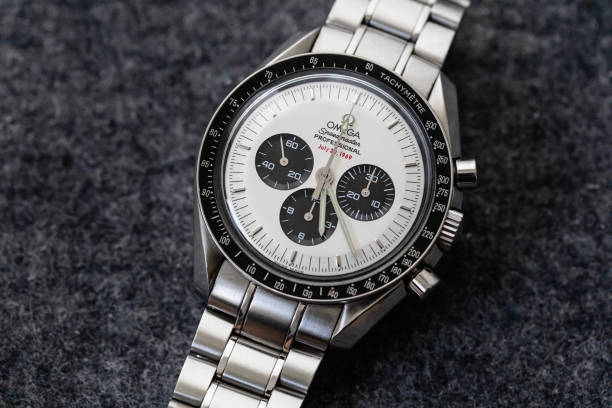
Which Should You Choose?
Ask yourself:
- Do you want a watch that holds or gains value over time? → Rolex
- Do you prefer cutting-edge tech and anti-magnetic performance? → Omega
- Are you drawn to timeless, iconic design? → Rolex
- Do you love variety—dive watches, chronographs, dress pieces—all under one roof? → Omega
- Is budget a key factor without compromising Swiss quality? → Omega
- Do you want instant recognition and prestige? → Rolex
Final Verdict: Complementary Icons, Not Competitors
Rather than framing Rolex vs Omega as a rivalry, think of them as two pillars of Swiss excellence with different philosophies. Rolex masters consistency, heritage, and residual value. Omega champions innovation, versatility, and narrative depth.
Whether you’re eyeing a Rolex Submariner for its bulletproof legacy or an Omega Speedmaster for its lunar legacy, you’re investing in over 100 years of horological mastery. And in a world of fleeting trends, that’s a timeless decision—no matter which brand you choose.



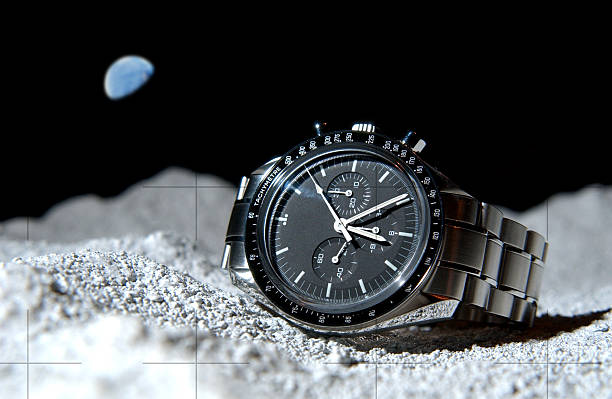

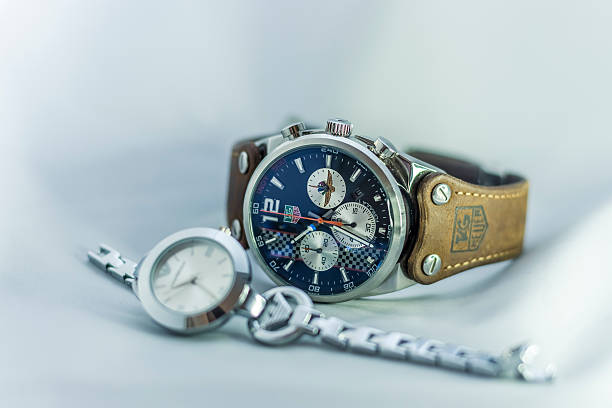
Leave a Comment